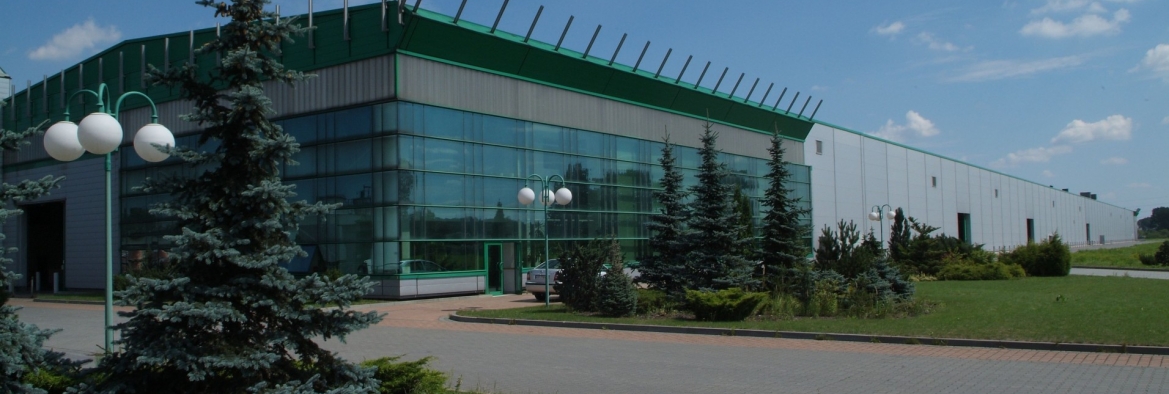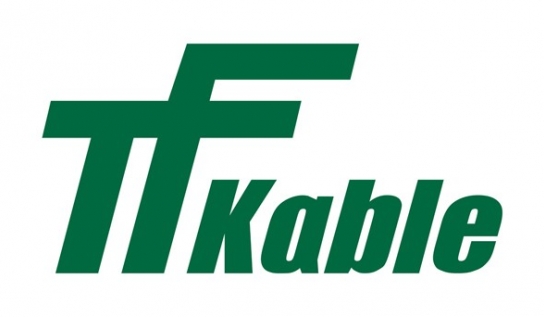

Energy at sea - the most efficient solution

Wojtek Skoczylas, Sales Director in Copper Cable Company Ltd., TFKable Group
TF Kable has participated in the implementation of more than 30 percent of all built and currently developed offshore wind farms. In the future, including in Poland, wind energy will be an important contributor to the energy mix.
According to the WindEurope Association, about 30 percent of energy should be produced from wind in the future. In order for this to happen, according to WindEurope, we need investments reaching EUR 240 billion by 2030. This means huge savings on imports of fossil fuels and the creation of many new jobs.
WindEurope Association assumes that by the end of the decade, Europe will have more and more wind farms with an average combined capacity of approximately 12.6 GW per year. If this scenario turns out to be true, it would mean that in 2020 the potential of wind energy in the region would rise to 204 GW and wind would then be the most important source of renewable energy in terms of installed capacity, ahead of energy meeting approximately 16.5 percent of energy demand on our continent.
It is worth noting that in the opinion of experts of the Polish Association of Offshore Wind Energy, having regard to the formal and legal considerations and technical and implementation aspects, it can be expected that the first offshore wind farms in Poland can provide energy from the ocean to land in around 2022. The implementation of the first phase of the construction of these investments will take place between 2020-2025, while by 2030 it will be possible to construct and start the wind farms at sea with a combined capacity of up to 6 GW.
According to the estimates of McKinsey & Company, if we actually managed to build a plant of such power, the value of Polish GDP through investments in the offshore wind sector could go up to PLN 66 billion, while the Polish market would generate about 77000 additional jobs. "We must remember that the development of offshore wind energy is a huge opportunity for Polish industry, our ports and workers", Piotr Mirek, Deputy Chairman of the Management Board for Operations in TFKable, stressed.
Although this is not common knowledge, Polish companies are already present on the market and from year to year, they are doing increasingly better, gaining experience and contributing to wind farms all over Europe. Polish shipyards are building specialized vessels to develop and support offshore wind farms, a significant part of the steel constructions and towers, fittings and automation come from Poland, and the cable cores, of course. We have provided cables with copper and aluminum conductor section to wind farms of total installed capacity of 5 GW in Germany and the United Kingdom. This proven technology to design and produce high-performance solutions for renewable energy was completed in JDR Litteport and Hartlepool plants and Bydgoszcz plant of TFKable Group. A few months ago, UK based JDR - a key player on the offshore cables production market, joined TFKable", Piotr Mirek added.
TFKable and JDR Cables' cooperation began in 2008. Jointly, they successfully realized over 60 projects in renewable energy and oil and gas extraction. The most important of these projects involved provision of cables to the two largest offshore farms in the world - London Array (2011) and Greater Gabbard (2009) and current deliveries to the Hornsea One farm, which will be the world’s largest once completed. It is also worth mentioning that the Nordsee One project production costs were optimized and as a result, the first undersea cables with aluminum conductors have been delivered. This was completed at the request of the investor, in order to apply innovative technologies to reduce the overall cost of the development.
"Inclusion of JDR to TFKable was carried out in the second half of 2017 and was an important step on the road to building long-term market advantage", Monika Cupiał-Zgryzek, Chairperson of the Management Board of TFKable, stated. "We have significantly expanded our production facilities and technical capabilities related to the development of subsea systems which JDR is well known for as a technology leader", she summarized.
Polish companies implement solutions for electricity and automation, they produce nacelles and blades for wind turbines and other components, including casts with elevated operating parameters. However, almost 100% of this production goes to export. "Meanwhile, we would like to see the demand for the devices and their components, knowledge and technology that we acquire when implementing orders for offshore energy also in Poland", Lukasz Petrus, Chairman of the Management Board at PGO SA stresses.
Energy will change
The latest available analyses clearly show that the costs of construction of offshore wind farms continue to decrease. This is possible thanks to the application of new and larger turbines of 8 MW. As a result, the voltage in cables connecting the turbines has changed from 33 kV to 66 kV and voltage in export cables rose from 132 kV to 230 kV. This allowed to reduce the overall cost of the wind farms. For example: the cost to produce 1 MWh at the West Duddon Sands farm, which in 2011 was EUR 170, dropped to EUR 65, which has been obtained during the last auction in the United Kingdom for the current Hornsea Two wind farm. For comparison, it must be noted that according to the available data published in Great Britain, the cost of 1 MWh generated from coal is EUR 72 and from gas - EUR 70. Even if we consider the stability of supply, there is no doubt that the cost of energy from offshore wind is a viable alternative to the energy obtained from fossil fuels. It is also worth noting that the price of 1 MWh from only just approved investment involving the construction of a nuclear plant, Hinkley Point, has been established at EUR 111 for a period of 35 years. To summarize: energy generated by offshore wind farms is one of the most cost-effective and the industry of renewable energy - one of the most developing industries in the world. In 2025, the estimated power of turbines will range between 13 to 15 MW. Transfer of know-how from the oil and gas industry and improvement in the supply chain, as well as reducing the time of offshore farms construction also play an important role.
"The world’s oceans are still largely untapped. We reach further for oil and gas and we are developing offshore the wind energy. However, the potential resources under the sea and on the ocean surface is still a great challenge ahead for us. I believe that from the point of view of the Polish industry, it is important to continuously develop competences and skills and you can do this by working with the largest global groups", Chairman Lukasz Petrus concludes.
The product offer from TFKable Group represents the whole spectrum of technologically advanced submarine systems and maintenance and installation services that provide ongoing support for global trading partners. Today, we deliver to offshore wind farms both subsea cables and umbilicals which contain both power cables and fluid conduits to transfer data for monitoring and remote control applicable in offshore structures", Wojtek Skoczylas, Sales Director in Copper Cable Company Ltd, TFKable Group, added.